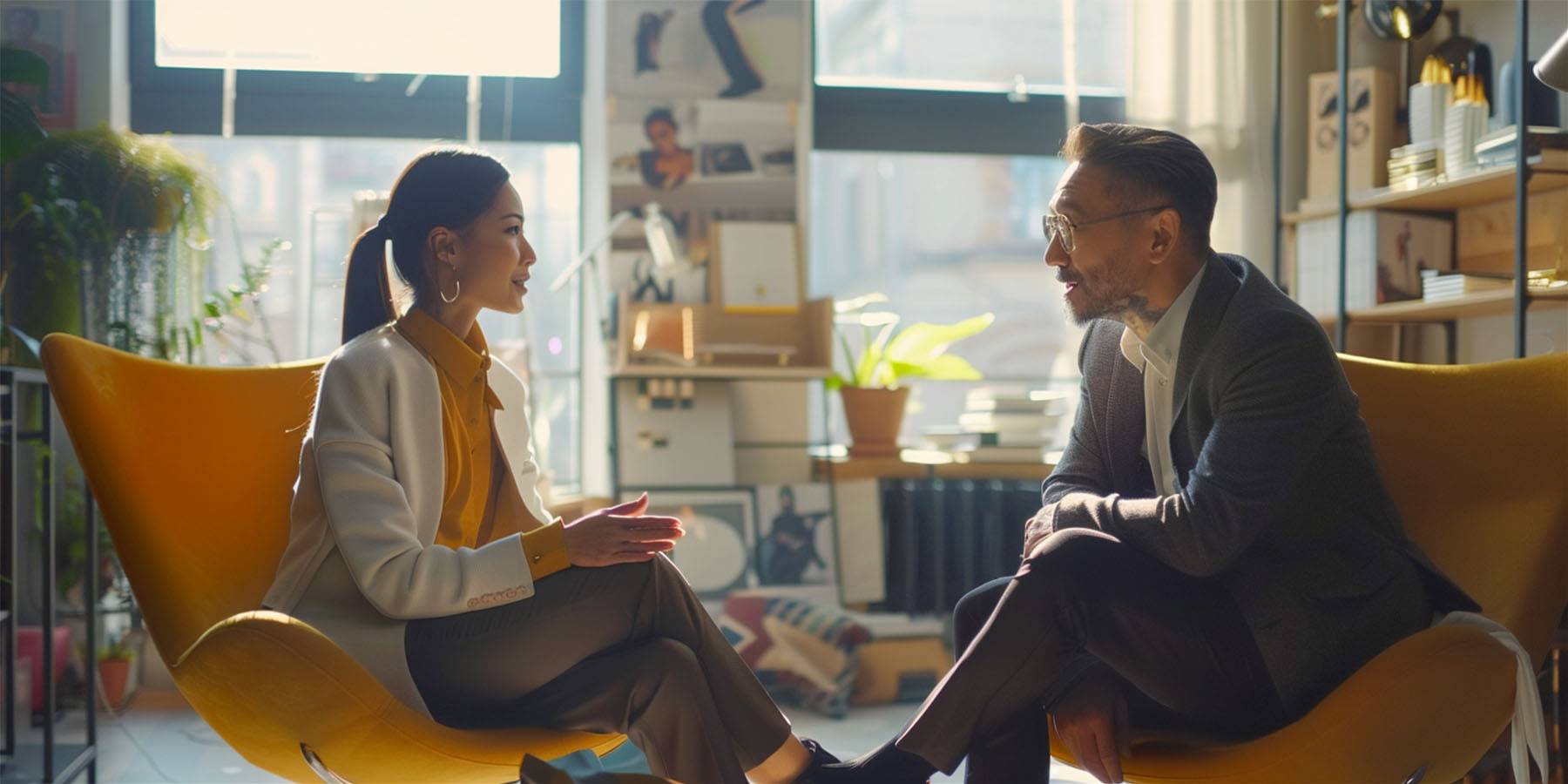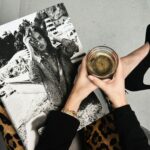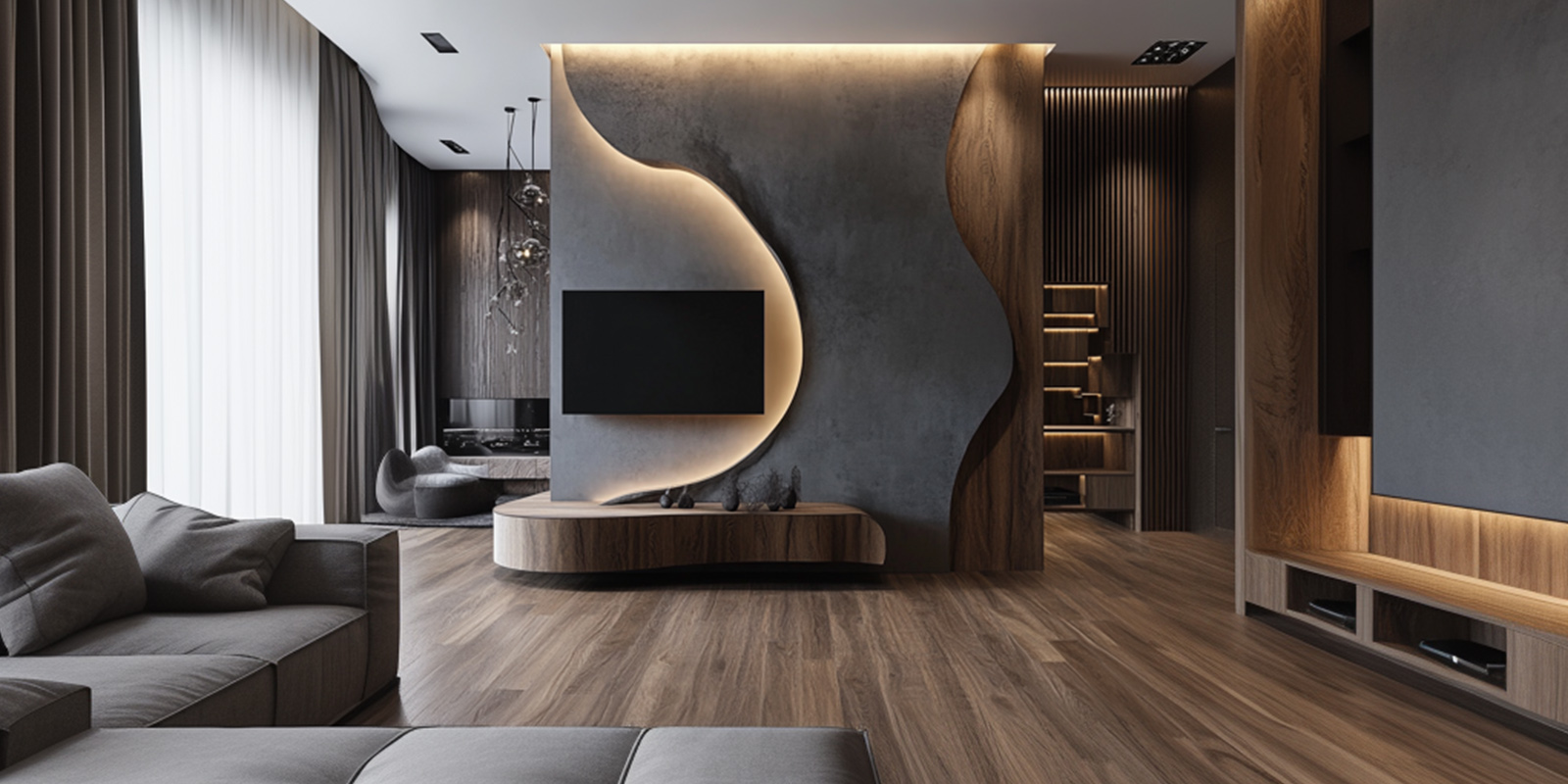Fashion collaborations have become a strategic tool for designers and brands looking to enhance their visibility and reach new audiences. By partnering with established brands, fashion designers can gain significant media exposure, create buzz around their collections, and expand their market presence. This article delves into the mechanisms through which fashion collaborations lead to media features and exposure, highlighting the benefits, strategies, and successful examples of such partnerships.
Understanding Fashion Collaborations
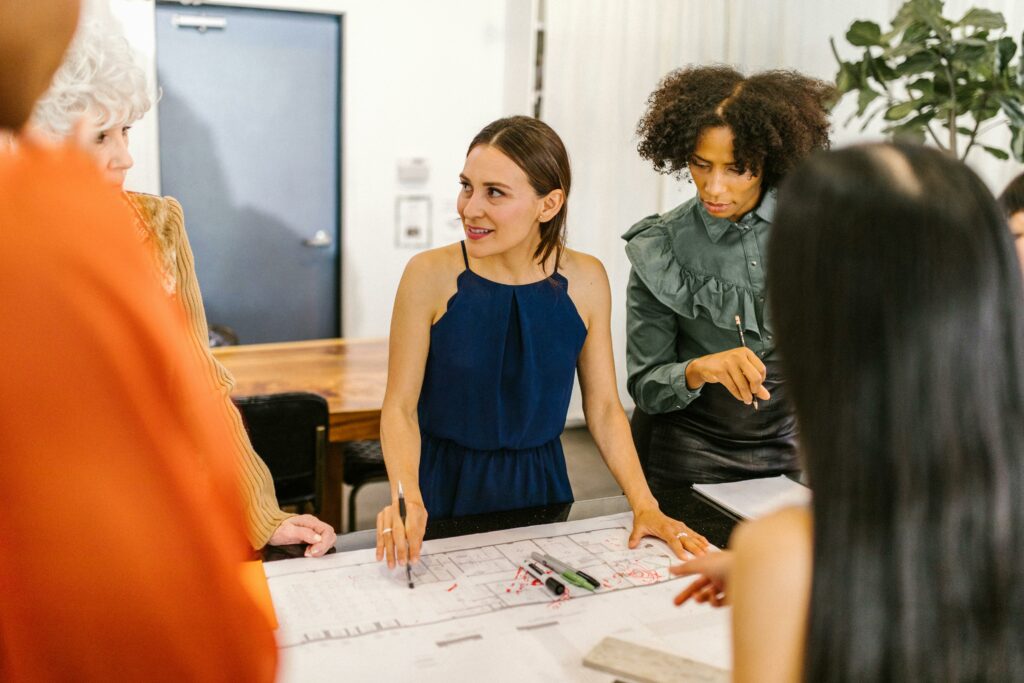
Fashion collaborations involve a partnership between a designer or fashion brand and another brand, which may belong to the fashion industry or a different sector altogether. These collaborations can take various forms, including co-branded collections, limited-edition releases, or creative projects. The synergy between the brands involved often results in unique and innovative products that attract media attention.
Types of Fashion Collaborations
- Designer-Brand Collaborations: These partnerships typically involve a high-profile designer teaming up with a major fashion retailer. Examples include Alexander Wang’s collaboration with H&M and Stella McCartney’s partnership with Adidas.
- Brand-Brand Collaborations: This involves two brands joining forces to create a special collection or product line. An example is the collaboration between Supreme and Louis Vuitton.
- Cross-Industry Collaborations: Fashion brands partnering with companies from other industries, such as technology or automotive, to create unique products. A notable example is the collaboration between Prada and LG to produce a luxury smartphone.
- Celebrity Collaborations: Brands often collaborate with celebrities or influencers to leverage their popularity and reach. Rihanna’s Fenty collaboration with Puma is a prime example.
Benefits of Fashion Collaborations
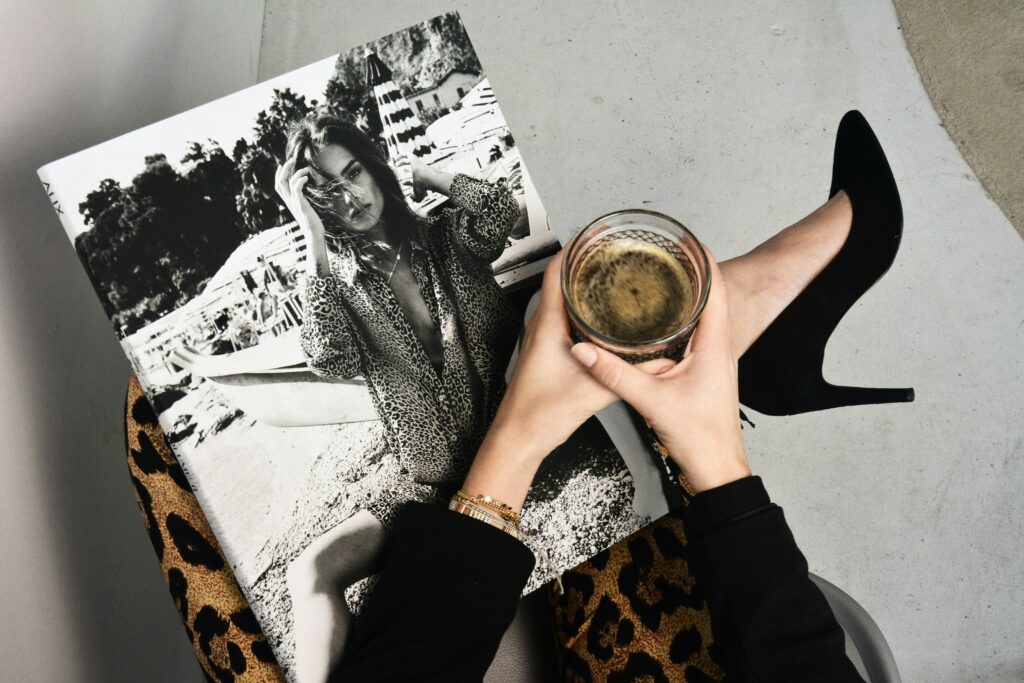
Increased Media Exposure
Collaborations generate significant media interest, resulting in widespread coverage across various platforms. The novelty of the partnership and the unique products created often capture the attention of fashion journalists, bloggers, and influencers, leading to extensive media features.
Access to New Audiences
Partnering with a brand that has a different target audience allows designers to reach new consumer segments. This expanded reach can lead to increased brand awareness and a broader customer base.
Enhanced Credibility and Prestige
Collaborating with an established and reputable brand can enhance a designer’s credibility and prestige. The association with a well-known brand serves as a validation of the designer’s talent and can attract the attention of industry professionals and fashion enthusiasts.
Financial Benefits
Successful collaborations often result in increased sales and revenue. Limited-edition collections and co-branded products create a sense of exclusivity and urgency, driving consumer demand and sales.
Creative Innovation
Collaborations provide an opportunity for creative innovation, allowing designers to experiment with new ideas, materials, and design concepts. This creativity can lead to standout products that garner media attention and consumer interest.
Strategies for Maximizing Media Exposure Through Collaborations
Choosing the Right Partner
Selecting the right partner is crucial for the success of a collaboration. Designers should look for brands that align with their aesthetic and values and have a strong market presence. A well-matched partnership can amplify the strengths of both brands and create a compelling story for the media.
Creating a Unique and Compelling Product
The success of a collaboration often hinges on the uniqueness and appeal of the product created. Designers should focus on innovation and quality, ensuring that the collaboration offers something new and exciting to consumers. This uniqueness is what attracts media attention and drives consumer interest.
Developing a Strong Marketing Campaign
A well-planned marketing campaign is essential for maximizing media exposure. Designers should leverage various marketing channels, including social media, press releases, and influencer partnerships, to promote the collaboration. Engaging storytelling and high-quality visuals can enhance the campaign’s impact.
Engaging with Media and Influencers
Building relationships with fashion journalists, bloggers, and influencers can significantly boost media coverage. Designers should proactively reach out to media contacts, offering exclusive previews, interviews, and behind-the-scenes content. Influencers can amplify the collaboration’s reach by sharing it with their followers.
Hosting Launch Events
Organizing a launch event or a fashion show can create a buzz around the collaboration. These events provide an opportunity for media and influencers to experience the product firsthand, leading to immediate and extensive coverage. Events can also be live-streamed on social media to reach a broader audience.
Case Studies: Successful Fashion Collaborations
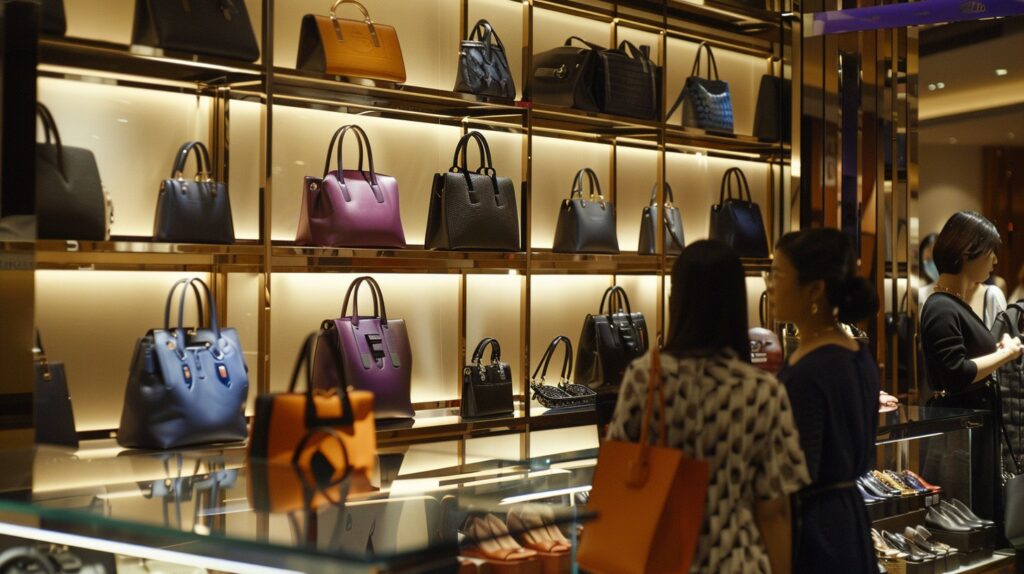
H&M and Balmain
The collaboration between H&M and Balmain in 2015 is a prime example of a successful fashion partnership. The collection, designed by Balmain’s creative director Olivier Rousteing, combined luxury fashion with high-street accessibility. The collaboration generated massive media coverage, with features in top fashion magazines, online publications, and social media platforms. The limited-edition pieces sold out within hours, showcasing the collaboration’s success in terms of both media exposure and financial gain.
Supreme and Louis Vuitton
The Supreme and Louis Vuitton collaboration in 2017 marked a groundbreaking moment in fashion, merging streetwear with high fashion. The partnership received extensive media coverage, with articles, blog posts, and social media mentions highlighting the unique blend of the two brands’ aesthetics. The collaboration attracted a diverse audience, from luxury fashion enthusiasts to streetwear fans, and solidified Supreme’s place in the high fashion world.
Nike and Off-White
Nike’s collaboration with Off-White, led by designer Virgil Abloh, resulted in the highly sought-after “The Ten” collection. This partnership reimagined classic Nike sneakers with Off-White’s distinctive design elements. The collaboration was widely covered by fashion media, and the sneakers became must-have items for fashion-forward consumers. The success of this partnership underscored the power of creative innovation and strategic media engagement in fashion collaborations.
Conclusion
Fashion collaborations are a powerful strategy for designers and brands looking to enhance their visibility, reach new audiences, and drive innovation. By partnering with the right brands and leveraging the unique strengths of each party, designers can create compelling products that attract media attention and consumer interest. To maximize the benefits of a collaboration, designers should focus on selecting the right partners, creating unique products, developing strong marketing campaigns, engaging with media and influencers, and hosting impactful launch events.
For designers aiming to elevate their brand and achieve significant media exposure, embracing fashion collaborations can be a game-changing strategy. By understanding the dynamics of successful collaborations and implementing effective strategies, designers can ensure their partnerships lead to widespread features and enhanced market presence.

